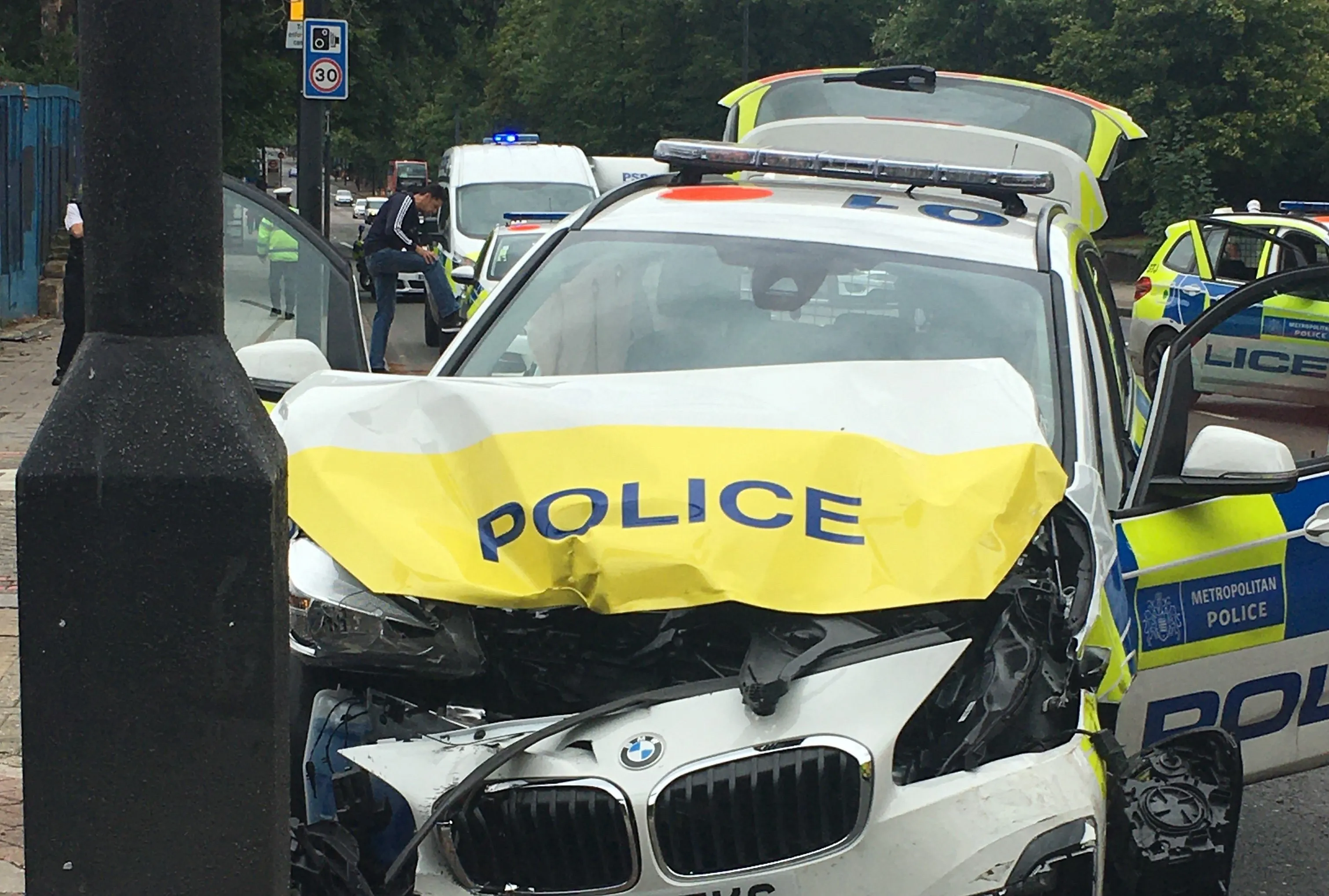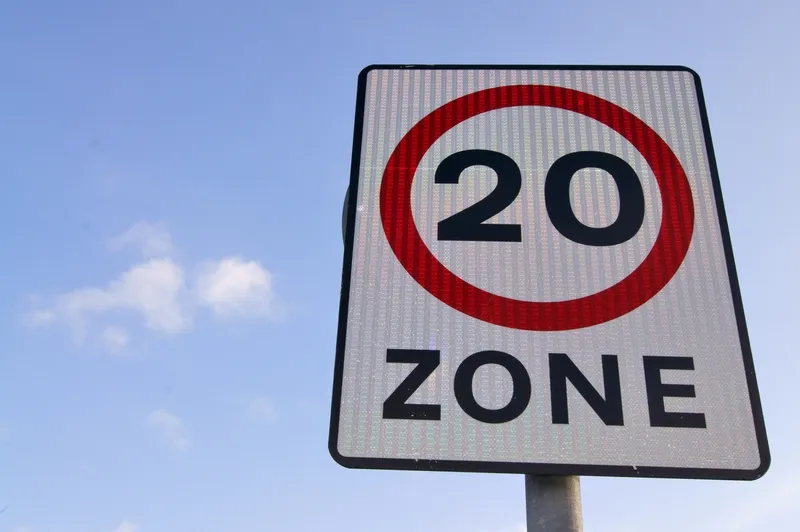The UK has seen a road safety gain during the pandemic.
By MJ Woof
October 14, 2021
Read time: 4 mins

Official data from the Department for Transport (DfT) shows an improvement in UK road safety and a reduction in casualties for 2020 during the global COVID 19 pandemic. There were an estimated 1,460 reported road deaths in 2020, a drop of 17% compared with 2019. It is of note that this period in 2020 includes a total of four months of national lockdown (April to June and November).
There were an estimated 23,529 killed or seriously injured (KSI) casualties in 2020. This was a significant drop of 22% compared to the same period in 2019. In all, there were 115,584 casualties of all severities in 2020. This was a drop of 25% from 2019.
The reduction in road traffic followed a similar trend in the same period and decreased by 21%.
Pedal cyclist casualty rates/billion vehicle miles saw the greatest percentage decrease (34%) compared to all other road user types.
The road safety improvement is significant. The overall trend in fatalities between 2010 and 2019 was broadly flat. However, road traffic volumes saw a gradual increase of 17% from 2010 to 2019, causing fatality rates to fall compared to the total distance driven.
The decrease in fatalities in 2020 is directly linked to the reduction in road traffic in response to the COVID-19 pandemic. Fatal casualties in 2020 saw a smaller reduction than injured casualties compared to both 2019 and 2010.
The data for the UK with a reduction in road casualties during the pandemic provides a marked contrast with that of the US, where road casualties have actually increased despite the lower traffic volumes and reduced total distance driven.
The best estimate, after adjusting for changes in reporting by police, is that there were 22,069 seriously injured and 92,054.58 slightly injured casualties, decreases of 22% and 25% since 2019, respectively. And since 2010, there has been a greater decline in serious injuries compared to fatalities.
There were a total of 115,584 casualties of all severities in reported road traffic crashes in 2020, 25% lower than in 2019.
However, the DfT says that this figure should be interpreted with caution for two reasons. It has long been known that non-fatal (and particularly slight) casualties are underreported to the police and therefore this figure is likely to be an underestimate of the total. The introduction of online self-reporting by the Metropolitan Police Service at the end of 2016 and a few other forces in 2018 may have affected the number of non-fatal casualties reported in these forces and therefore impact the total for Great Britain.
While the total number of injuries is likely to be an underestimate, there is no reason to believe that the level of under-reporting has changed over time so that the trends shown for 2020 are likely to reflect a genuine fall in the number of casualties.
In 2020, there was a shift in travel behaviours due to the COVID-19 pandemic, which varied by transport mode. The UK's National Travel Attitudes Study reported 79% of survey respondents used buses less when comparing travel before and during the pandemic. For the same period, 34% of respondents reported they were cycling more.
The reduction in casualties varied by road user type. There were smaller reductions for pedal cyclist casualties (3%), and larger reductions for bus occupants (51%) and pedestrian casualties (32%) (Table 3).
In 2020, there was a 16% increase in other vehicle occupant casualties. This may be linked to the increase in vehicles classified in this group, for example e-scooters.
The data shows that around three-quarters of fatalities in 2020 occurred in accidents in which at least one car was involved. The data also shows that of the 1,116 fatalities in accidents involving a car in 2020, just over half (618, or 55%) were car occupants, with the remainder being other road users. By comparison, of the 146 people killed in accidents involving pedal cyclists, nearly all (141) were the pedal cyclists themselves with very few other road users being killed in collisions with pedal cycles. This data highlights the fact that pedal cyclists pose minimal risk to other road users. Motor vehicles however are of risk to vulnerable road users.
Of particular note during the pandemic is that pedal cyclist traffic increased by 46% in 2020 compared to 2019, whereas all motor vehicle traffic decreased by 21%. Compared to other road users, pedal cyclist casualty rates saw a greater reduction of 34%. This may be as a result of reduced motor vehicle traffic and increased pedal cyclist traffic.







